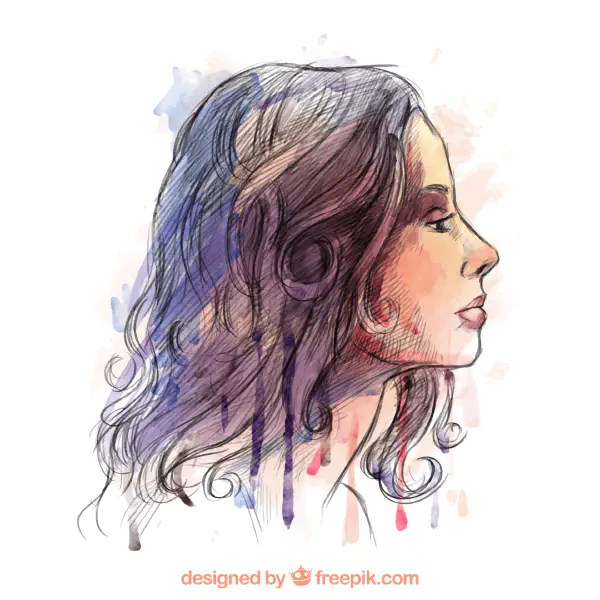
Digital portraiture is a rapidly evolving art form, and image processing is playing a major role in pushing the boundaries of creativity in this field. Image processing techniques can be used to enhance the quality of digital portraits, add creative effects, and even create new and innovative forms of portraiture.
Enhancing the quality of digital portraits
One of the most common uses of image processing in digital portraiture is to enhance the quality of the image. This can involve tasks such as:
- Removing noise
- Image noise can be caused by a variety of factors, such as low lighting or high ISO settings. Image processing techniques can be used to reduce noise without sacrificing image detail.
- Adjusting brightness and contrast
- Image processing can be used to adjust the brightness and contrast of a digital portrait to improve its overall appearance.
- Correcting color
- Image processing can be used to correct color casts and improve the overall color accuracy of a digital portrait.
Adding creative effects
Image processing can also be used to add creative effects to digital portraits. Some popular effects include:
- Blurring
- Blurring can be used to create a soft-focus effect or to highlight specific areas of a portrait.
- Sharpening
- Sharpening can be used to enhance the detail and clarity of a portrait.
- Color grading
- Color grading can be used to create a specific mood or atmosphere in a portrait.
- Adding filters
- Image processing filters can be used to add a variety of creative effects to digital portraits, such as black and white, sepia, and vintage effects.
Creating new and innovative forms of portraiture
Image processing can also be used to create new and innovative forms of portraiture. For example, artists can use image processing to create composite portraits, which are portraits that are made up of multiple images. Image processing can also be used to create digital paintings and other forms of digital art.
Here are some specific examples of how artists and designers are using image processing to push the boundaries of creativity in digital portraiture:
AI-generated portraits: Artists and designers are using AI to generate realistic and creative portraits. For example, the AI-powered portrait generator Artbreeder allows users to create portraits that are a mix of different people or animals.
Abstract portraits: Image processing can be used to create abstract portraits that are both visually appealing and thought-provoking. For example, the artist Refik Anadol uses image processing to create immersive digital artworks that explore the relationship between humans and machines.
Interactive portraits: Image processing can be used to create interactive portraits that respond to the viewer’s movements or actions. For example, the artist Chris Milk created a series of interactive portraits called “Portraits of the Unseen” that allows viewers to see the world through the eyes of different people.
The future of image processing in digital portraiture
Image processing is a rapidly evolving field, and new and innovative techniques are being developed all the time. As image processing technology continues to advance, we can expect to see even more creative and innovative forms of digital portraiture in the future.
Here are some possible trends in the future of image processing in digital portraiture:
More realistic and expressive AI-generated portraits: As AI technology continues to develop, we can expect to see AI-generated portraits that are even more realistic and expressive. This could lead to new forms of digital art and entertainment.
More immersive and interactive portrait experiences: Image processing can be used to create more immersive and interactive portrait experiences. For example, artists could use image processing to create virtual worlds that viewers can explore and interact with.
New ways to use image processing to enhance and express creativity: As image processing technology continues to advance, artists and designers will find new and innovative ways to use it to enhance and express their creativity.
Overall, image processing is a powerful tool that can be used to create stunning and innovative digital portraits. As image processing technology continues to advance, we can expect to see even more amazing and creative work from digital portrait artists and designers.